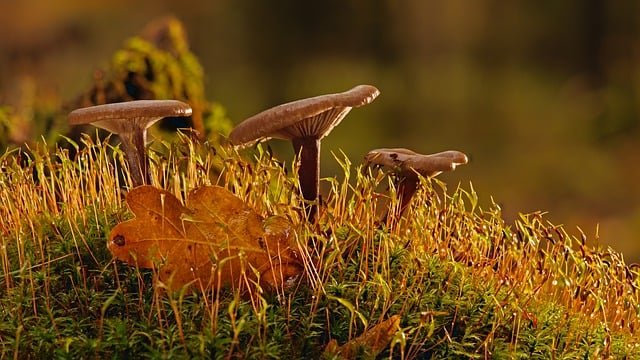**Title: "The Secret Life of Urban Wildlife: Nature

The Secret Life of Urban Wildlife: Nature
Urban environments are often seen as concrete jungles, filled with bustling streets and towering skyscrapers. However, beneath the surface of our cities lies a vibrant world of wildlife that thrives in the most unexpected places. In this post, we’ll explore the fascinating lives of urban wildlife and how they adapt to coexist with humans.
The Hidden Residents
1. Birds
Birds are perhaps the most visible urban wildlife. From pigeons to sparrows, many species have adapted remarkably well to city life. Some, like the peregrine falcon, have even made skyscrapers their nesting sites. Observing birds in urban parks or even on city streets can reveal a surprising variety of species.
2. Mammals
Urban areas are home to a range of mammals, including raccoons, foxes, and even coyotes. These creatures have learned to navigate human environments, often scavenging for food in trash cans or finding shelter in parks and green spaces.
3. Reptiles and Amphibians
While not as common as birds and mammals, reptiles and amphibians can also be found in urban settings. Turtles may bask in ponds, while frogs can be heard croaking in the evenings, especially in areas with green spaces or water features.
Adaptation and Survival
Urban wildlife has developed unique adaptations to survive in human-dominated landscapes. Here are a few ways they manage to thrive:
Resourcefulness: Many urban animals have adapted their diets to include human food sources. Raccoons, for example, are notorious for rummaging through garbage cans.
Nesting Habits: Birds have taken to nesting on building ledges, while some mammals find shelter in abandoned buildings or under decks.
Behavioral Changes: Urban wildlife often becomes more nocturnal to avoid human activity during the day. This shift allows them to forage and move about with less risk.
The Importance of Urban Wildlife
Urban wildlife plays a crucial role in maintaining ecological balance. They contribute to pest control, pollination, and even seed dispersal. Moreover, they enhance our quality of life by providing opportunities for connection with nature, even in the heart of the city.
Benefits of Urban Wildlife:
- Biodiversity: A diverse range of species contributes to a healthier ecosystem.
- Education: Urban wildlife can serve as a living classroom, teaching us about nature and conservation.
- Mental Health: Spending time in nature, even in urban settings, has been shown to reduce stress and improve overall well-being.
How to Support Urban Wildlife
You can make a difference in supporting urban wildlife by taking simple actions:
- Create Wildlife-Friendly Spaces: Plant native plants in your garden or balcony to provide food and shelter.
- Avoid Pesticides: Reducing chemical use helps protect beneficial insects and other wildlife.
- Educate Others: Share your knowledge about urban wildlife and promote awareness in your community.
Conclusion
The secret life of urban wildlife is a testament to nature's resilience and adaptability. By recognizing and supporting these hidden residents, we can foster a more harmonious relationship with the natural world, even in our bustling cities. So next time you’re out and about, take a moment to look up, down, and all around—you might just spot a little piece of nature thriving right in front of you!
Feel free to share your experiences with urban wildlife in the comments below! 🦉🌳🦊

All images are taken from the Pixabay.com
Upvoted! Thank you for supporting witness @jswit.